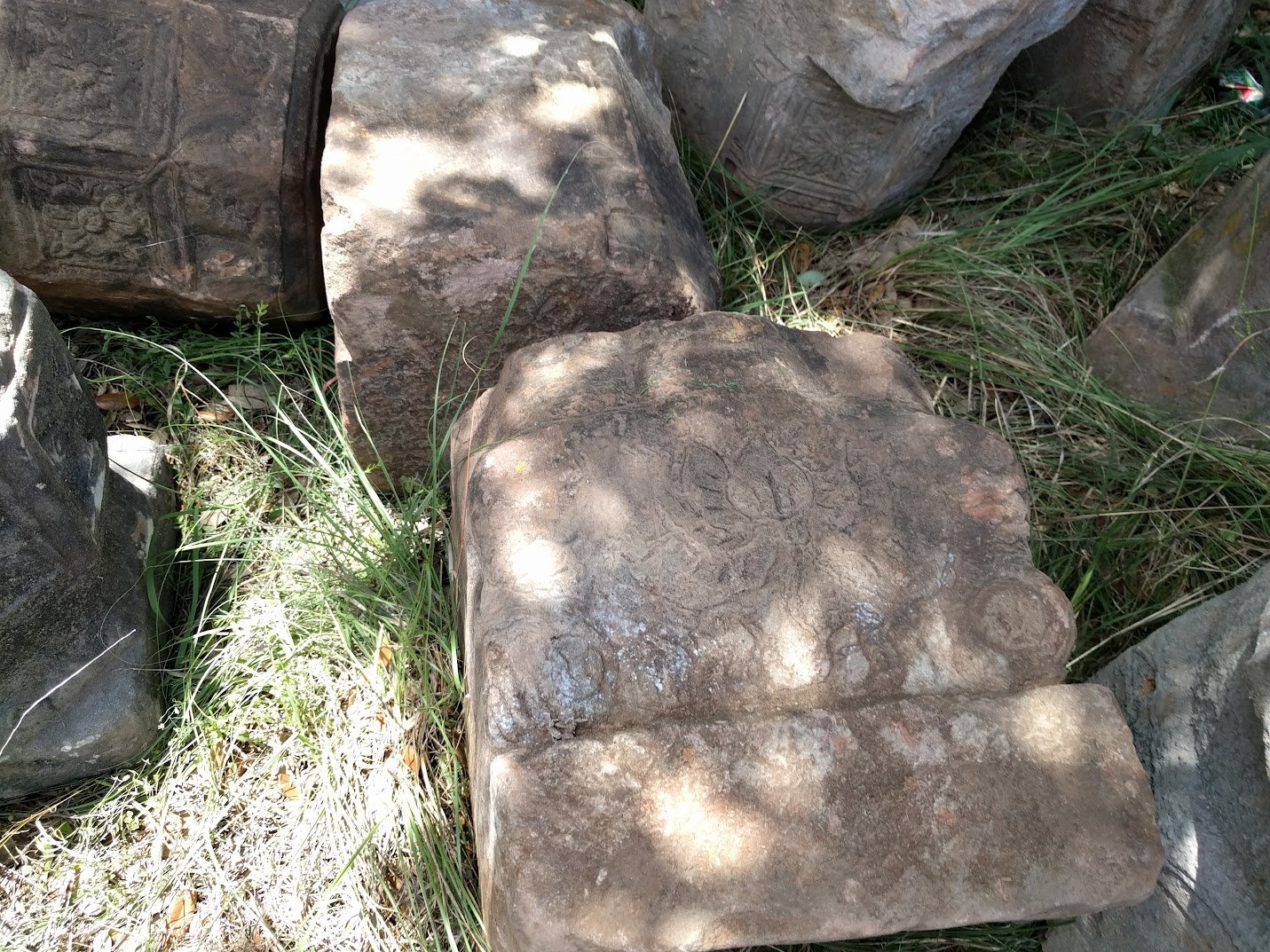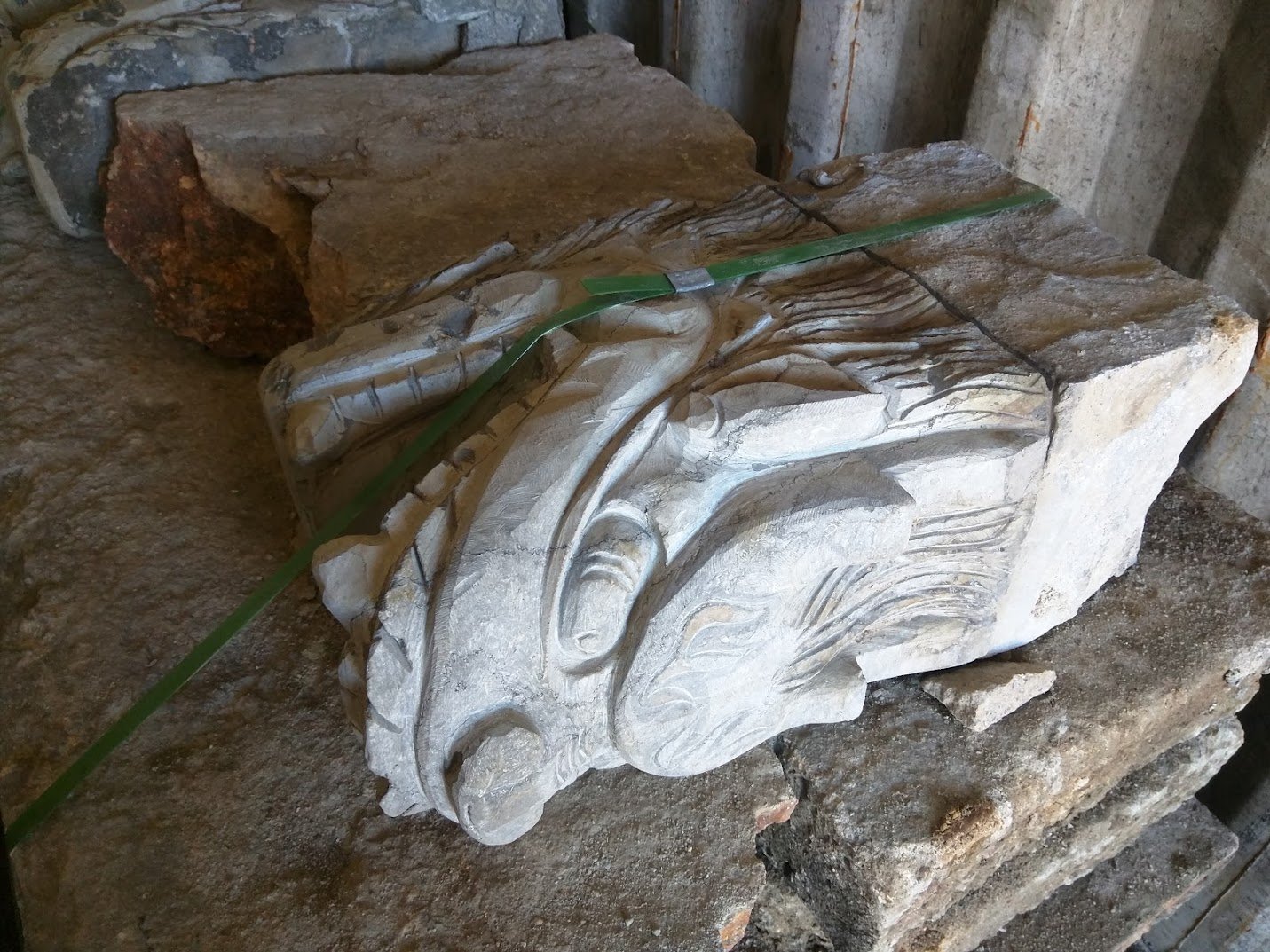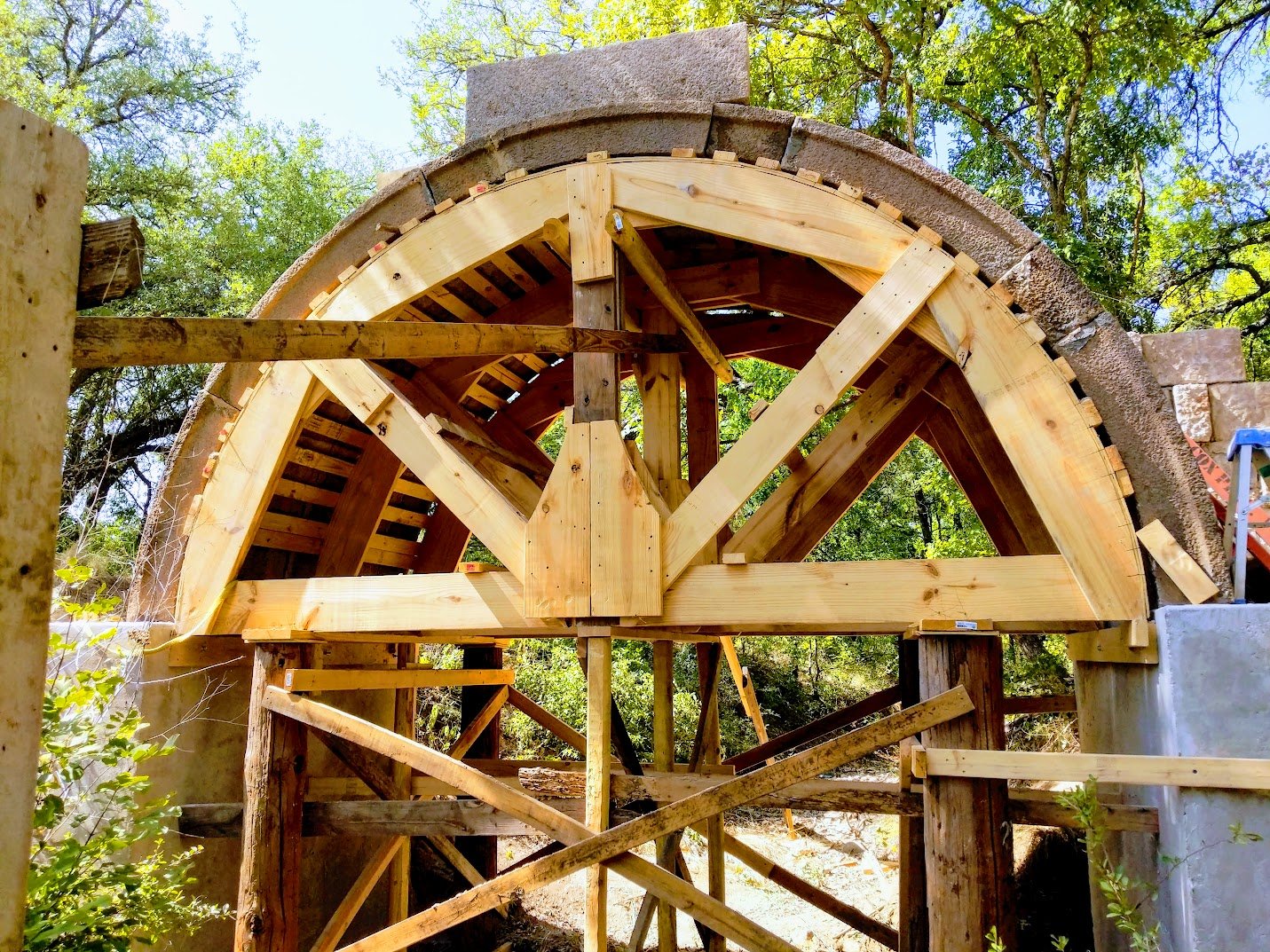Blue Dragon Bridge
Inspired by my countless visits to Asia, primarily China, the Asian garden is one truly one-of-kind in Central Texas.
My inspiration was an amalgamation of my favorite components of Chinese architecture. From poetry reciting rivers to contemplateInstalling the Blue Dragon Bridge
For more than a decade, I have been building a folly garden in Texas. Loosely modeled on the pleasure gardens of Victorian England, mine has follies and architectural buildings mostly copied from ones I have found in my travels. Here I describe the adventures associated with a relocated nineteenth-century Chinese arched bridge removed from the environs of Suzhou, China.
I began building a small architectural garden in my backyard in Austin. My neighbors did not share my enthusiasm for strange topiary, small towers, and Japanese tea houses. Reacting to a neighbor complaining that “nothing matched,” the homeowners association quashed my dreams of making a beautiful garden. In Great Britain, you have a bevy of organizations forcing you to preserve your heritage, but in the States, we have much-feared HOAs that demand conformity and require regular improvement to look modern; anything old is considered run-down or something that belongs in Disneyland.. In a heated meeting with the Association’s board of directors, led by a retired military officer who was chairman of the Architectural Control Committee, they demanded I demolish my backyard version of Stowes Temple de Venus and further threatened my glass house modeled after one in Brooklyn. As a final dictate, they levied a fine and ordered me to find someplace far from the neighborhood to pursue my hobby. So I found rural land 30 miles away, with few government controls and no HOA, and started anew.
For a period, I spent a lot of time in China, and almost every weekend was devoted to exploring old or abandoned places. The folly garden was starting and sported a few cowboy-themed structures, but I now I had visions of an Asian section modeled after the many I had encountered in Europe. My associates, who helped me deal with China, initially showed no interest in dirty old stuff, but, just like the rest of us, they eventually got into the spirit and began calling their farmer parents hunting in their villages for unwanted things (treasures to me) that had been discarded.
One weekend, after finishing business in beautiful Shouzhou, I was taken to the equivalent of an architectural junkyard in the water town of Tong Li. In one section, we found an acre of old removed bridges in various stages of assembly. We found the owner and asked about buying the big bridge. The owner thought this Gwelio (foreign devil) was crazy and suggested a much smaller flat bridge instead.
t took my two friends (and the owner's wife, who needed the sale) to convince him I was serious and wanted the big one. . I was told the bridge… chiseled in stone was its name Blue Dragon…, was over 150 years, but the dragon ornaments, which were made from bluestone, were young. He (his wife) eventually agreed to sell me the bridge. Even though I had no idea how I would get it back to the States, I was happy that I had acquired my first “real” folly. (The laws have changed since I bought the bridge, and now government approval must be obtained to export anything made before the Chinese Revolution [1949]; for ordinary buildings, however, permission is easy to get as long as the local mayor agrees.)
Through my association with the Fellowship, I have learned that many old follies were moved or relocated. I hope everyone will agree that this constitutes a true folly, even if it was moved 7,500 miles.
Why Arched Bridges
Most European chinoiserie gardens sport high-arched wooden bridges usually painted bright red. In my experience, arched stone bridges are rarer in these gardens but ubiquitous in Asian water towns. Frankly, I find them annoying to cross, so I explored why the Chinese built them this way. Research suggests several reasons: 1) the arch is one of the most robust architectural designs, 2) it takes fewer columns to be sunk into the river or waterway, 3) the bridge's weight on the bank reduces erosion, and 4) it accommodates taller boats passing underneath. Another reason, though the ancient architects could not have known this, is that they seem to withstand earthquakes.


My Asian Garden
Status: The current status of my Asian garden is 30% complete. The major structures are up, but work continues on the walking path and completion of the tiles, and other details.
I built the largest pagoda in Central Texas and then didn’t visit it for 5 years.




























